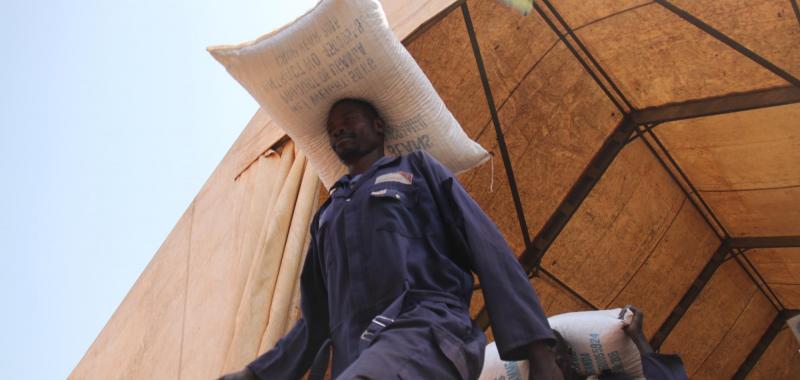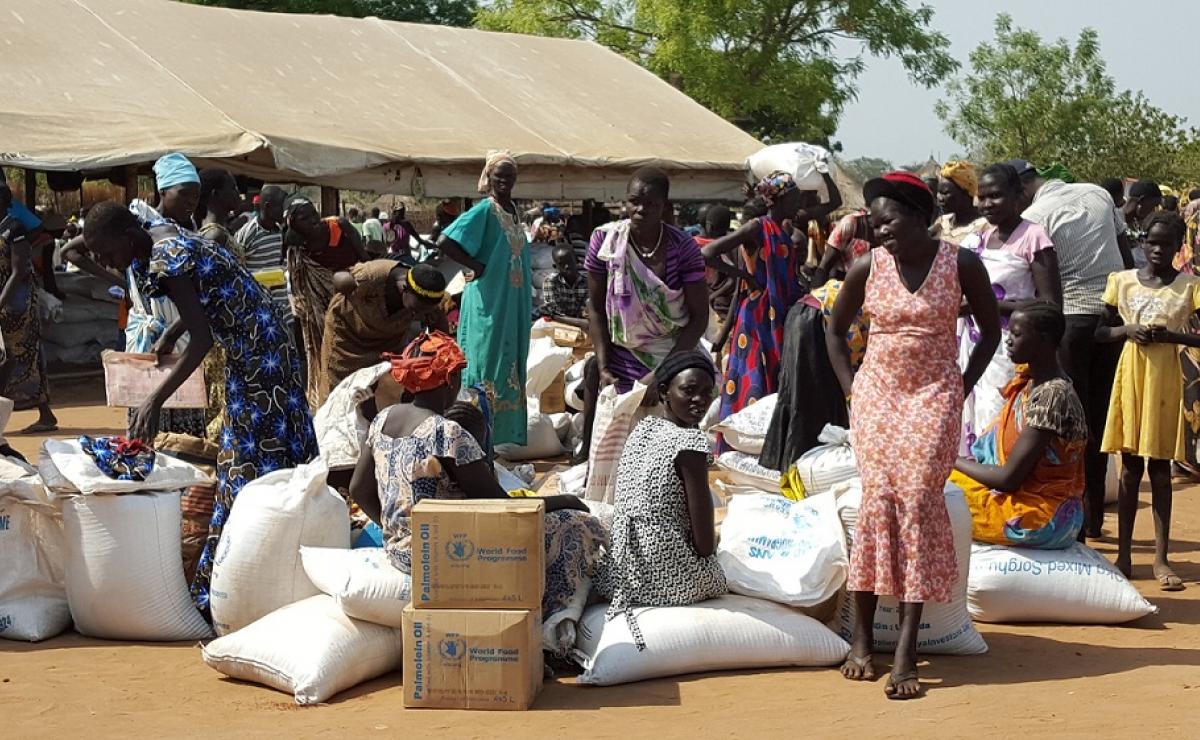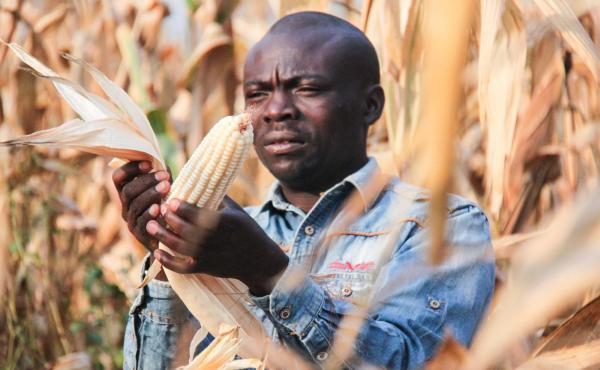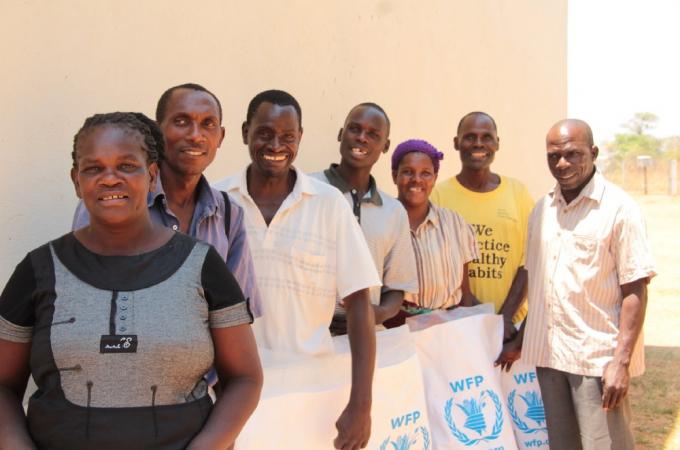Global food production has reached a record high in recent years; however, one third of all food produced for human consumption is lost or wasted, equivalent to 1.3 billion tons. Post-harvest food loss is a leading cause of food insecurity for millions families across the world. Achieving zero hunger by 2030 will require that no more food is lost or wasted.
By preventing post-harvest losses in food systems, we can increase the availability of food worldwide without requiring additional resources or placing additional burden on the environment. Food losses happen at every stage of the supply chain, as commodities become damaged, spoiled or lost while harvested, handled, processed, stored and transported. These losses are most significant in developing countries.
Post-harvest losses have significant nutritional, health, and financial impacts for both consumers and farmers, disproportionately affecting women, who are largely responsible for managing post-harvest drying, cleaning, and storage. For rural families, many of whom already live on the edge of hunger, lost food means lost land, water, fertilizer and income for those who can least afford it. Lost food also deprives farmers of the opportunity to grow and strengthen their businesses.
In some developing countries, smallholder farmers regularly lose 40 percent of their harvest due to inadequate storage. Consequently, many farmers sell their produce immediately after harvest—at a time when prices are low due to high supply – only to buy back the same produce later at increased prices.









